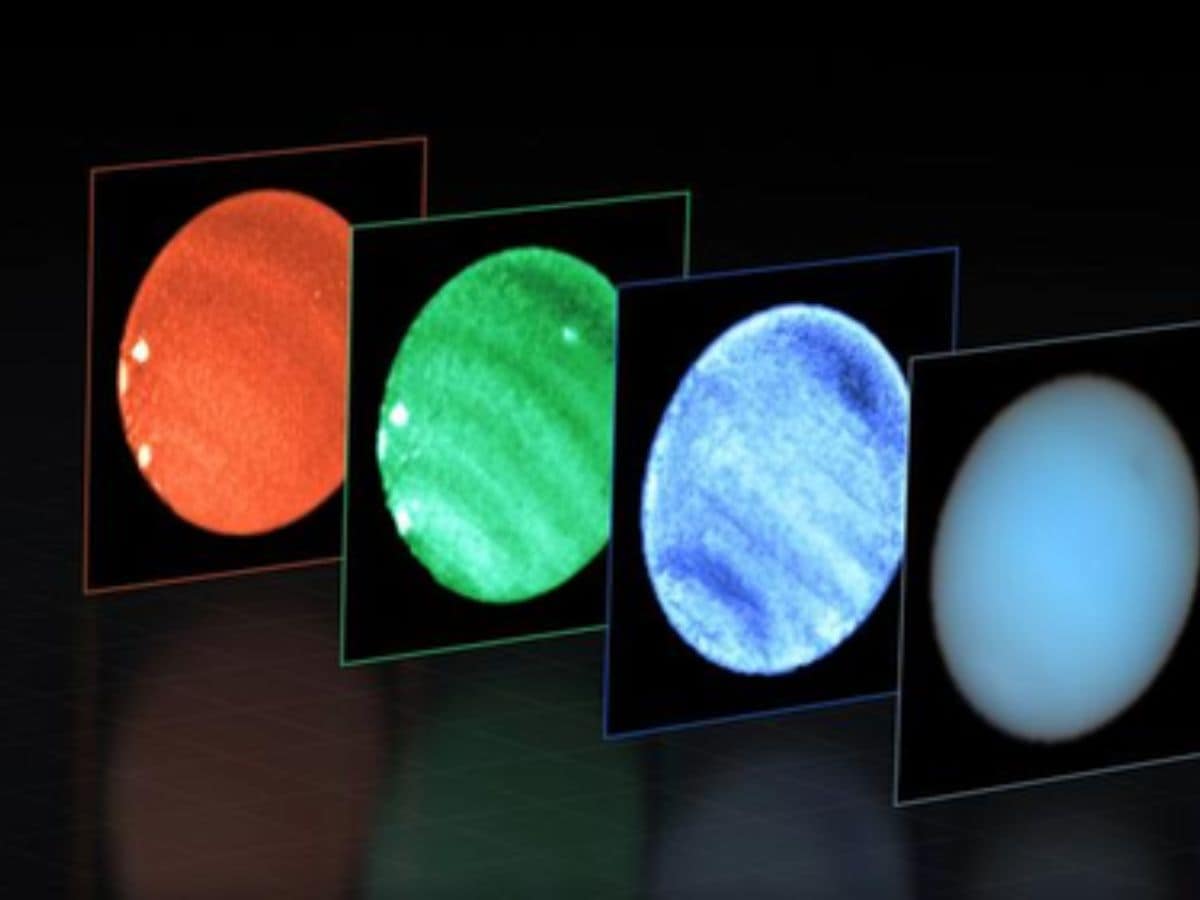
London: Astronomers have observed a large dark spot in Neptune’s atmosphere, with an unexpectedly smaller bright spot adjacent to it. This is the first time a dark spot on the planet has ever been observed with a telescope on Earth.
These occasional features in the blue background of Neptune’s atmosphere are a mystery to astronomers, and the new results via ESO’s Very Large Telescope (VLT) provide further clues as to their nature and origin.
On Neptune, a dark spot was first discovered by NASA’s Voyager 2 in 1989, before disappearing a few years later.
“Since the first discovery of a dark spot, I’ve always wondered what these short-lived and elusive dark features are,” said Patrick Irwin, Professor at the University of Oxford and lead investigator of the study published in Nature Astronomy.
The new observations indicate that dark spots are likely the result of air particles darkening in a layer below the main visible haze layer, as ice and haze mix in Neptune’s atmosphere.
The observations also offered up a surprise result. “In the process, we discovered a rare deep bright cloud type that had never been identified before, even from space,” said study co-author Michael Wong, a researcher at the University of California, Berkeley.
Coming to this conclusion was no easy feat because dark spots are not permanent features of Neptune’s atmosphere and astronomers had never before been able to study them in sufficient detail.
The opportunity came after the NASA/ESA Hubble Space Telescope discovered several dark spots in Neptune’s atmosphere, including one in the planet’s northern hemisphere first noticed in 2018.
With the help of ESO’s VLT, it is now possible for astronomers to study features like these spots from Earth.



